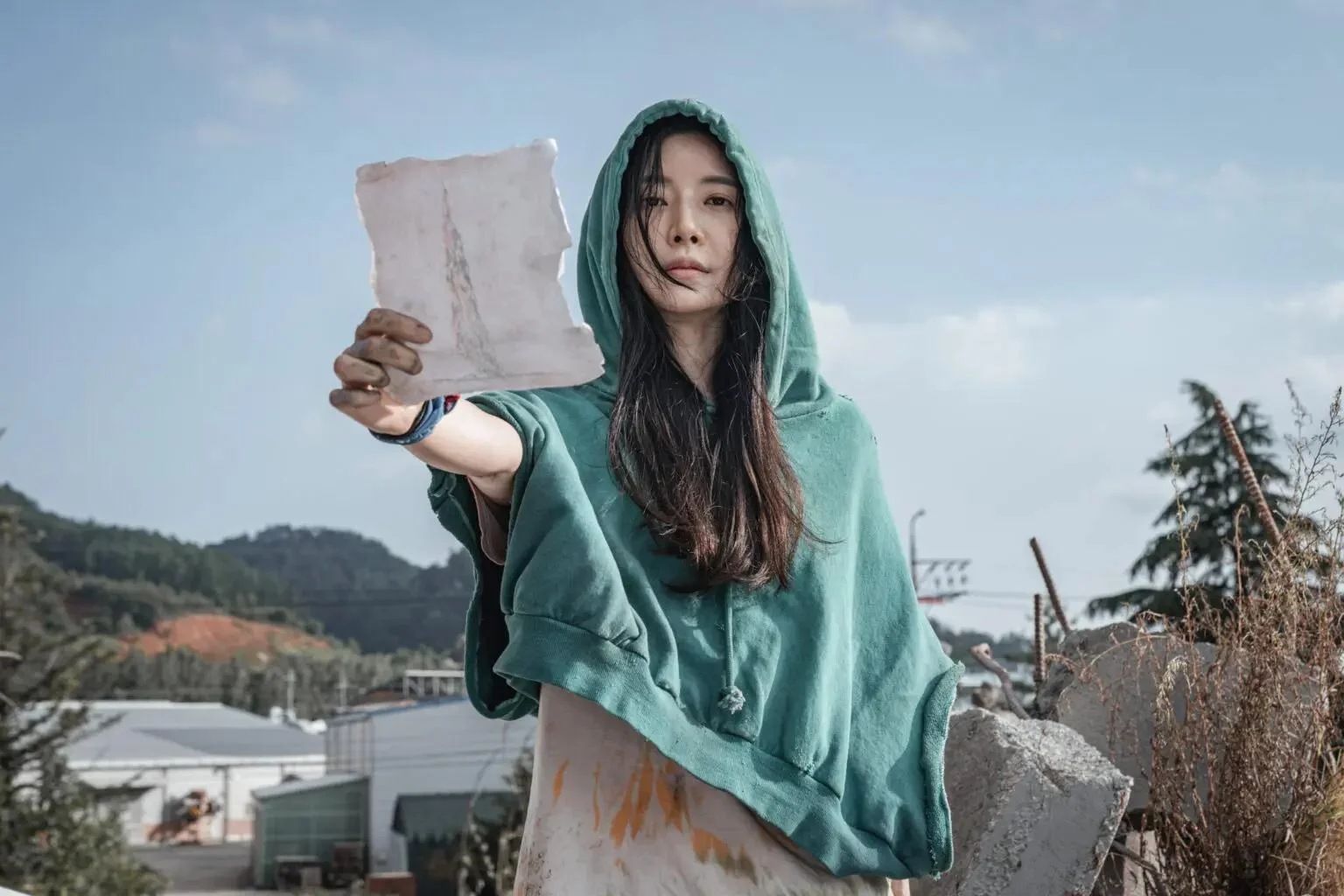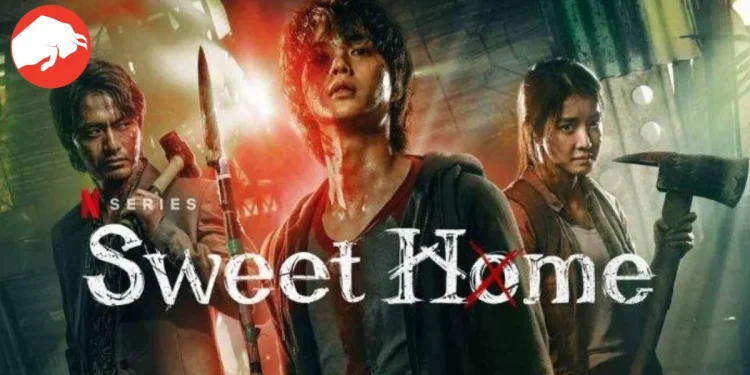The Evolving Landscape of Korean Dramas
It has been a remarkable three years since the debut of “Sweet Home,” the riveting Netflix adaptation of the popular Naver webtoon. The streaming landscape, once a stranger to Korean dramas, has undergone a significant transformation, especially after the global phenomenon of “Squid Game.” This seismic shift in the perception and popularity of K-Dramas on international platforms has set a new stage for “Sweet Home Season 2.” While it may be cliché to compare every new K-Drama to “Squid Game,” it’s crucial to acknowledge how these shows have redefined the boundaries of storytelling and genre appeal.
A Dystopian Epic Unfolds
“Sweet Home Season 2” takes a dramatic leap from its predecessor, transforming from a confined thriller into an expansive dystopian narrative. The show delves into the lives of protagonist Cha Hyun-su and the other survivors of Green Home, each group navigating a perilous world overrun by monsters and oppressive military forces. This season broadens its thematic horizons, focusing on the inherent inhumanity within systems of governance and protection.
As one character insightfully remarks, “It’s even arguably a little heavy-handed how immediately villainized the military is here, torturing baby monsters to lure out their mothers, beating anyone with a nosebleed to death, and just generally acting like maniacs.”

The Monster Metaphor
The portrayal of monsters in “Sweet Home Season 2” is a double-edged sword. On one hand, the series attempts to draw sympathy for certain creatures, while others are depicted as unambiguous threats. This thematic duality sometimes muddles the underlying message of the show. The design of these monsters often reflects the individual’s life circumstances or manner of demise, making them more than just mindless beasts. This specific approach, however, sometimes struggles to support the broader themes the show aims to convey.
Visuals and Effects: A Mixed Bag
The series’ reliance on CGI for its monstrous creations garners mixed reactions. While certain practical effects are impressively realistic, the CGI often falls short, lacking integration with the environment. “Some uses of practical effects are striking and believably gooey and horrible, but it’s mostly CGI that lacks a physical presence in the scene,” notes a keen observer.
Emotional Depth Amidst Chaos
Despite its powerful protagonist, Hyun-su, the emotional core of the series remains intact, largely thanks to the expanded role of Yi-kyung, a character unique to the show and not present in the webtoon. Her journey adds a new layer of depth to the narrative, balancing the relentless action with human emotion.

The Challenge of Pacing
Season 2 presents a challenge with its pacing. The initial episodes set a frenetic pace that is hard to maintain, leading to a jarring shift between high-octane action and slower, more reflective moments. This imbalance can make the viewing experience somewhat exhausting, especially with the near feature-length duration of each episode.
Final Thoughts: Was the Wait for ‘Sweet Home Season 2’ Worth It?
“Sweet Home Season 2” is a mixed bag of extraordinary action, thrilling moments, and a few narrative missteps. It’s a season that might not live up to the first in terms of cohesive storytelling but still offers an entertaining journey for fans of the genre. The season’s expanded focus, while adding richness to the story, also introduces elements that might not resonate with all viewers. As the season progresses, it finds its footing, but not without losing some viewers to its initially disorienting pace.
The verdict on whether “Sweet Home Season 2” was worth the wait is subjective. While many fans will find much to love, others might feel overwhelmed by the sheer volume and complexity of the narrative. It’s a season that demands patience and a willingness to embrace its evolving narrative style.









